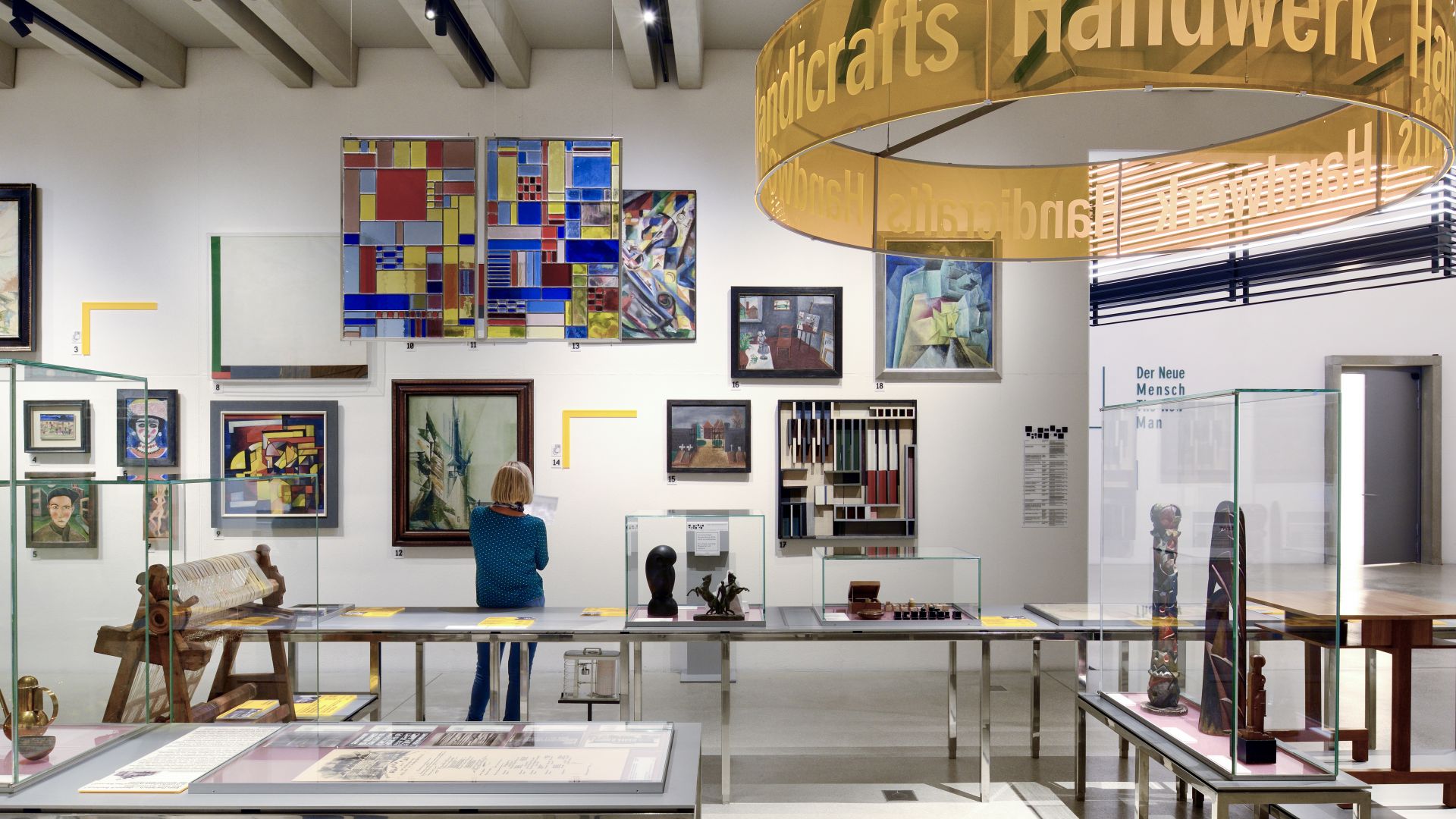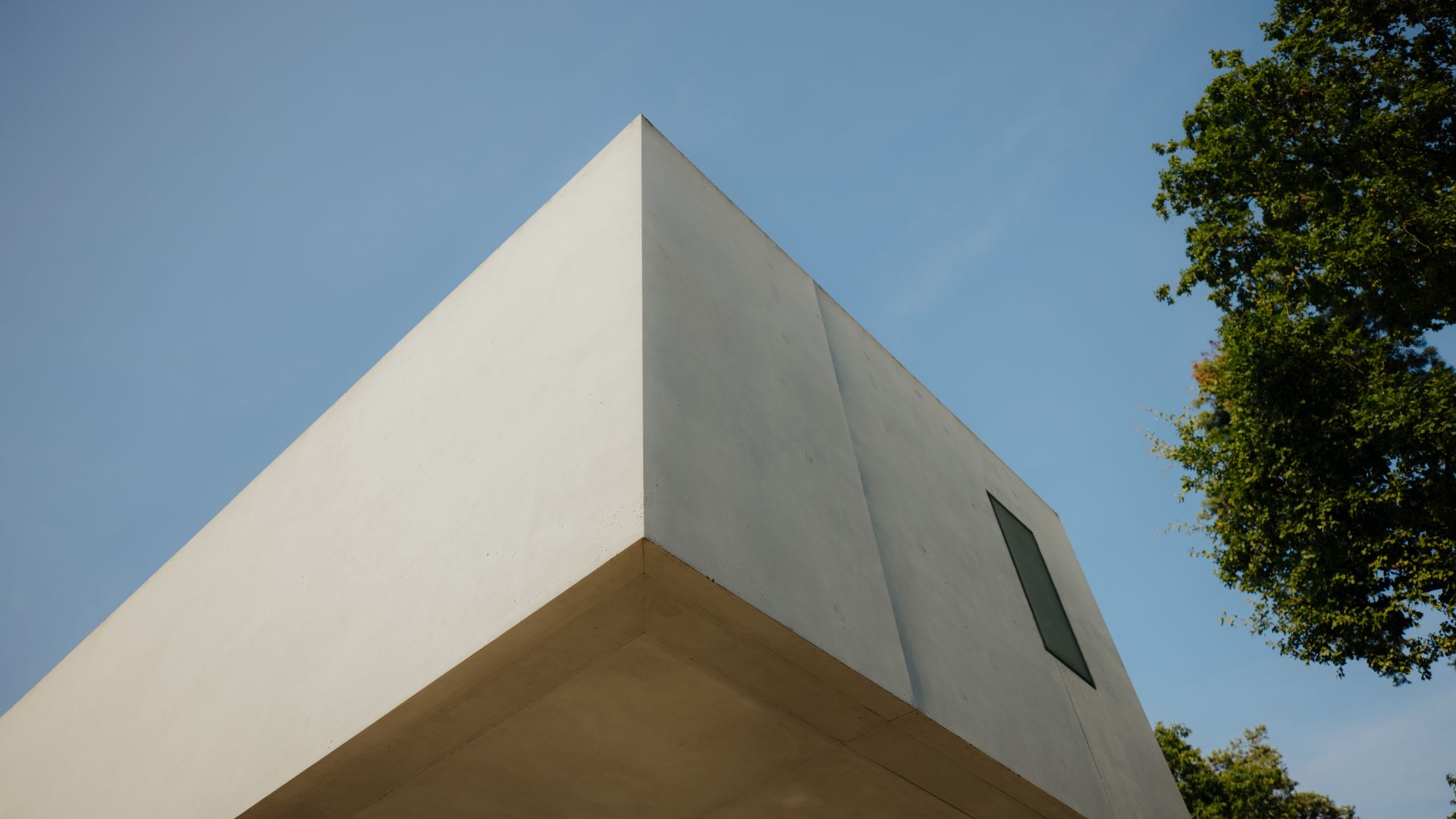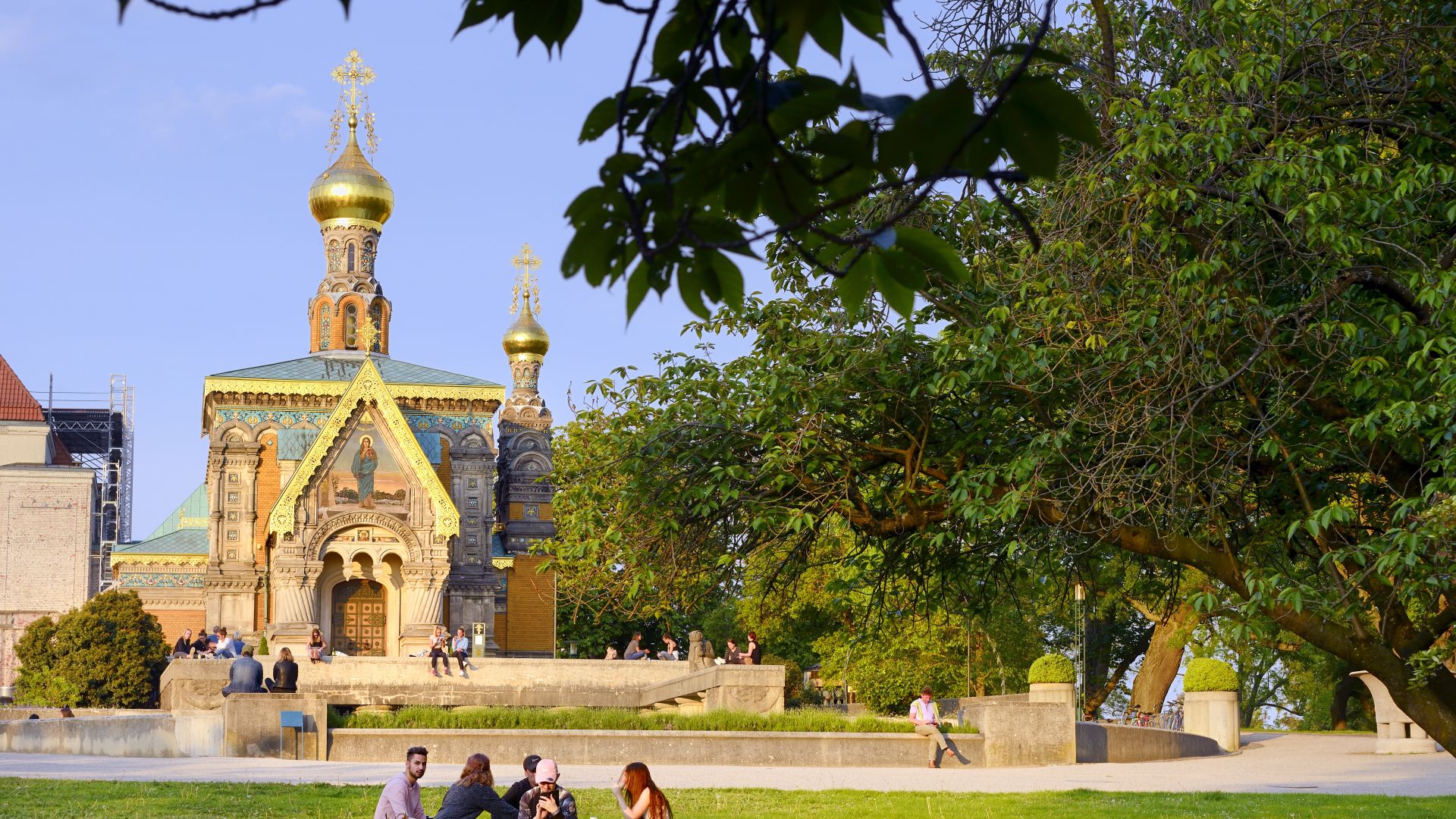Cities & Culture
Bauhaus: follow in the footsteps of this world-famous art school
Founded in 1919, the Bauhaus is considered the 20th century’s most important school for design, architecture and art. No wonder, then, that the haunts of these artists have become pilgrimage sites for art lovers. Even more so since many cities revamped their Bauhaus heritage for its 100th anniversary.
Weimar: birthplace of the architectural avant-garde
 Weimar: Exhibition at the Bauhaus Museum
©DZT (Francesco Carovillano)
Weimar: Exhibition at the Bauhaus Museum
©DZT (Francesco Carovillano)
Walter Gropius began his successful protest against classical architecture in Weimar of all places, also known as the “Classic City” and shaped by Goethe and Schiller. By uniting the Kunsthochschule and the Kunsthandwerkschule and abolishing the then-standard separation of art and craft, the founding of the Bauhaus in 1919 marked nothing less than a revolution for design. Simple, symmetrical forms, unusual materials and artistic crafts still characterise Germany’s most famous architectural style today. In the cityscape of Weimar, the traces of the 'Pioneers of Modern Architecture' were quite limited for a long time. However, the centenary anniversary year brought about increased visibility In 2019, for example, the “Musterhaus am Horn” was extensively restored. It is part of the UNESCO World Heritage Site of “The Bauhaus and its Sites in Weimar, Dessau and Bernau”, together with the art school building and the main building of the Bauhaus University. In addition to this, the Bauhaus Museum Weimar was inaugurated, housing the oldest collection of workshop creations personally curated by Gropius himself.
Dessau-Rosslau: Global Recognition for Saxony-Anhalt
 Dessau : Bauhaus Meisterhaus par l'architecte Walter Gropius
©DZT (Julia Nimke)
Dessau : Bauhaus Meisterhaus par l'architecte Walter Gropius
©DZT (Julia Nimke)
Until it merged with Rosslau in 2007, the independent Dessau was the town most closely associated with the Bauhaus movement. After all, the university experienced its heyday there after moving away from Weimar between 1925 and 1932. Nowhere else is this more evident than in the Bauhaus Building. This timeless building by Gropius is considered a milestone of modernist architecture. The seven Masters’ Houses, also a World Heritage site, are almost just around the corner. Their list of residents (Oskar Schlemmer, Wassily Kandinsky, Paul Klee) reads like a “Who’s Who” of modernism. The list of prominent architectural representatives is extensive, ranging from the Kornhaus, which now houses a top restaurant with authentically restored interiors, to the Historic Employment Office, the Laubengang houses, the Steel House, and the Törten Bauhaus Settlement Under the brand-new roof of the Bauhaus Museum Dessau, which opened in 2019 and was crowned 'Museum of the Year' the following year, over 1,000 exhibits are on display. Time for a change of pace? In the Dessau-Wörlitz Garden Realm, a region of European significance comprising various structures and English parks, your mind and heart will easily wander...
Berlin and Bernau: Intriguing buildings, extensive museums
The fact that the Bauhaus School moved to Berlin in 1932 was due to the persecution it faced from the Nazi party in Dessau. However, the political situation in the capital was hardly better; the institution, now privately led by Ludwig Mies van der Rohe, soon dissolved itself. However, the Nazis were unable to extinguish the Bauhaus spirit, as you can still see today in a number of buildings, such as the Gropius Houses at Zehlendorfer Fischtal or the Lemke House by Mies van der Rohe. The most significant is the former Federal School of the General German Trade Union Federation. This teaching and administrative buildings complex, which is also a UNESCO World Heritage Site, is located in Bernau, just north of Berlin. There, in turn, the Bauhaus Archive underwent renovations and was re-opened in February 2022. It encompasses the most comprehensive collection worldwide on the subject, ranging from the 'Bauhaus Lamp' to Marcel Breuer's tubular steel chair and the 'Bauhaus Wallpaper'.
Darmstadt: Awe and Wonder on the Mathildenhöhe
 Darmstadt: Youth meeting place at the Russian Chapel St. Mary Magdalene
©DZT (Francesco Carovillano)
Darmstadt: Youth meeting place at the Russian Chapel St. Mary Magdalene
©DZT (Francesco Carovillano)
Prequels are famously movies whose storyline takes place before the events of the main film, and, as seen in 'Star Wars,' they sometimes enjoy great popularity. This also applies to the Mathildenhöhe Artists’ Colony. It's appreciated not only by visitors but also by the UNESCO World Heritage jury, and serves as a kind of prelude to the Bauhaus City Trilogy. After all, the artists at Mathildenhöhe, which for 14 years until the outbreak of World War I stood as one of the most important centers of modern art and architecture in Europe, laid the foundation for what the Bauhaus later perfected. Their trademarks were lavish Art Nouveau ornamentation alongside minimalist facades, innovative living concepts, and houses meticulously designed down to the last teacup. The artistic spirit continues to pervade the almost square-shaped district even in the 21st century, where in addition to the Wedding Tower and the Russian Chapel, dozens of artists' houses and a museum can be visited.